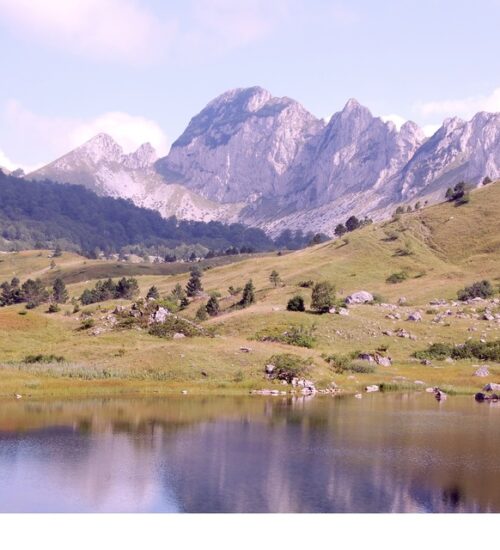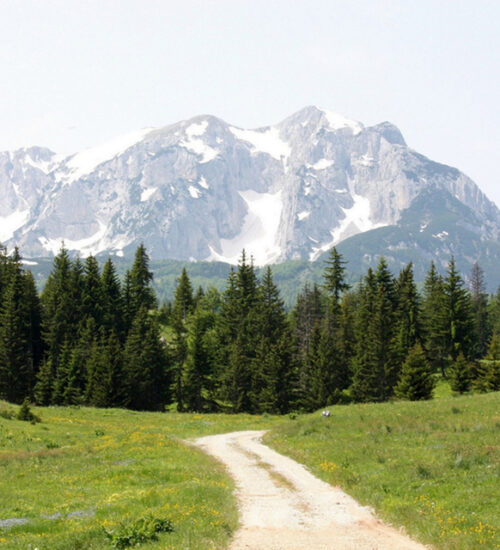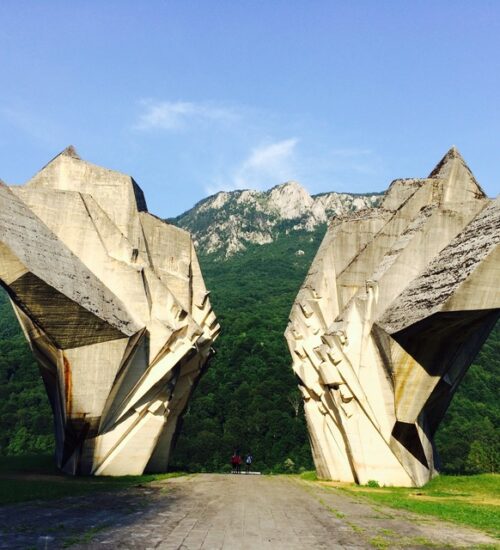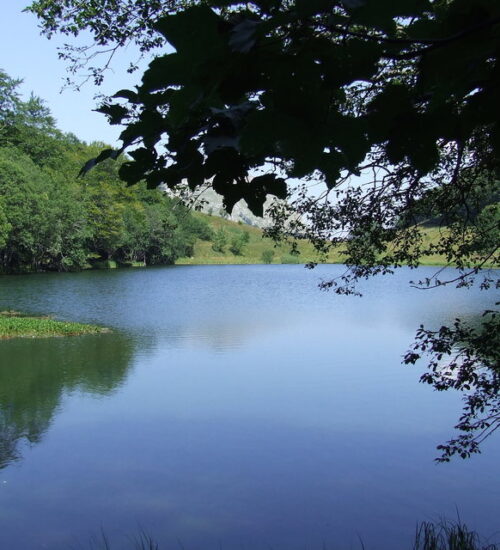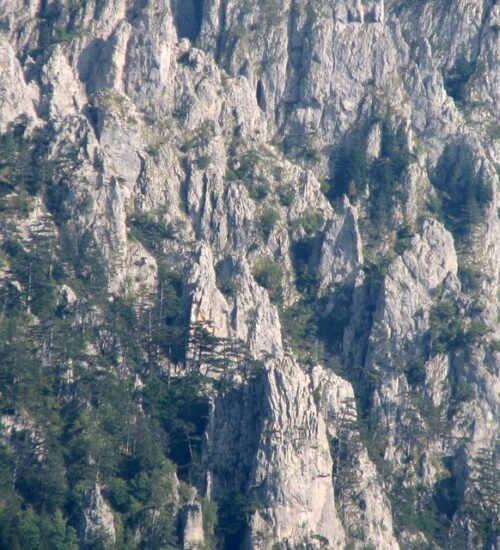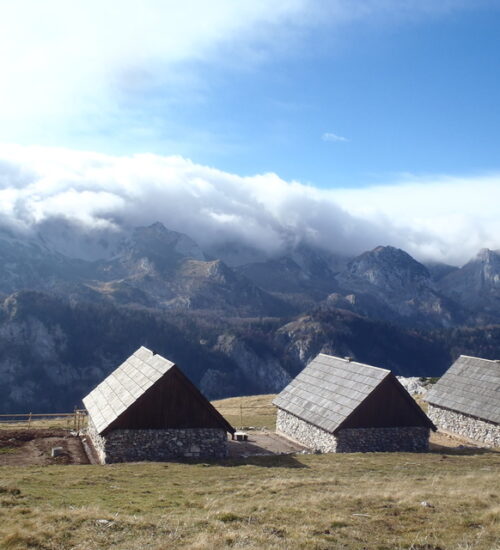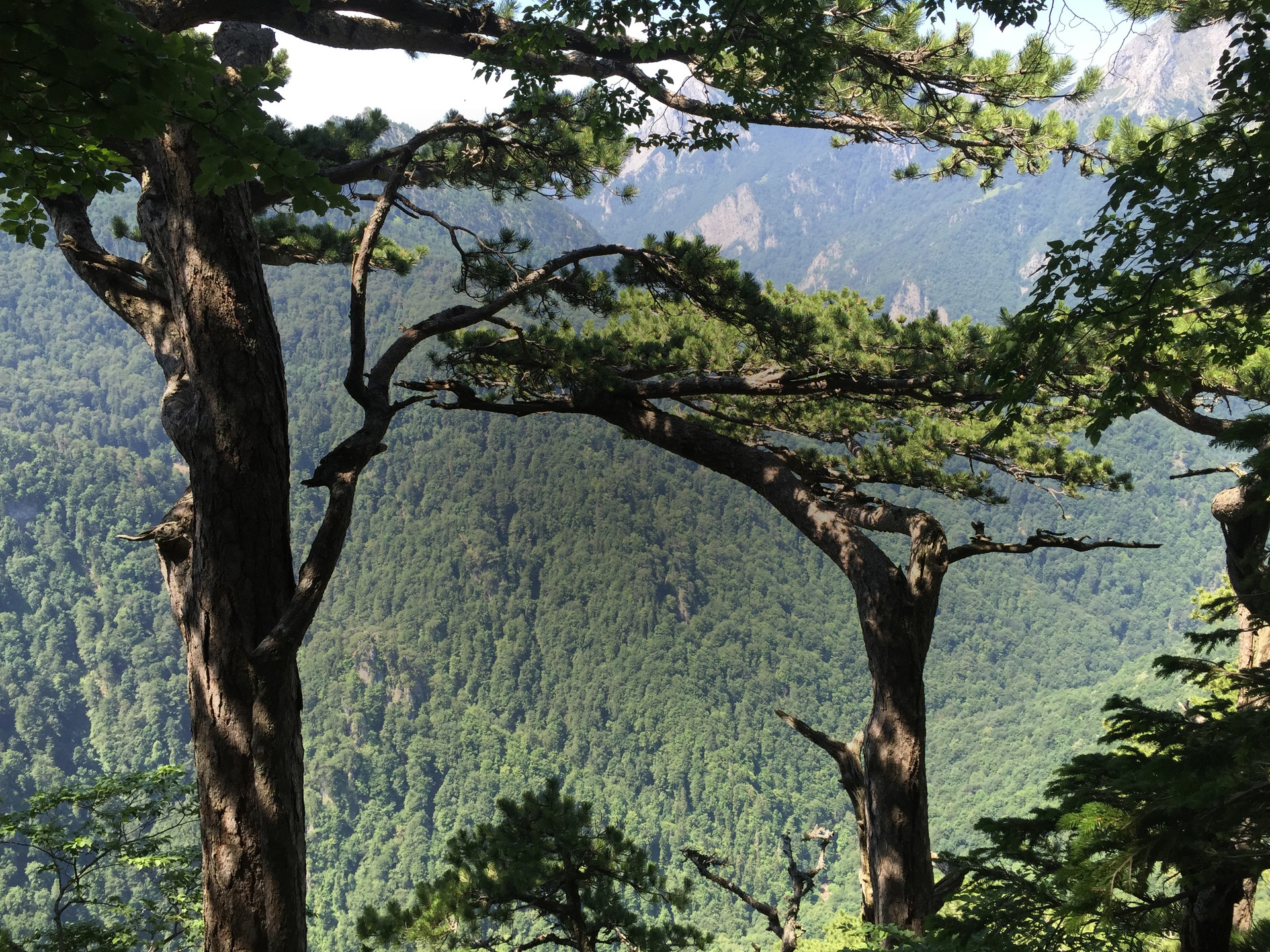
Location
Geographically, the National Park Sutjeska is located in the forest and mountain area in the southeast of Republika Srpska, on the border between Bosnia and Herzegovina and Montenegro. The mountains that surround and make the National Park “Sutjeska” are part of the mountain range of the Dinarides.
The oldest and largest national park in Republika Srpska and Bosnia and Herzegovina covers an area 16,052.34 ha, and more than 66% is covered with forests, the rest are meadows, pastures and bare lands.
History
The National Park “Sutjeska” is rightly considered the pearl of Republika Srpska. The main reasons for declaring the area a national park are the values and beauties of nature and cultural and historical importance.
It was exactly because of the beauty of its value and the fact that it is the unspoiled nature that this national park in 2000 came to the II category of IUCN (UN Department for Conservation of Nature and Natural Resources).
• National Park Sutjeska, was declared on 13 January 1962, The National Assembly of Bosnia and Herzegovina adopted the Law on declaring.
• Decision on separating Perućica from regular forest management (1.234ha) as the object of forest needed for scientific research and teaching was adopted on 17 May 1952, by the Government of the Peoples Republic of Bosnia and Herzegovina. And as far back as 1938, the fee foresters have identified the area as extremely and highly valuable.
• By a Decision of the National Institute for Protection of Cultural Monuments and Natural Rarities of Bosnia and Herzegovina, on 3 June 1954, the area of Perućica was increased for 200ha (1.434ha), and was placed under state protection as a natural reserve.
• In 1958 the memorial ossuary Tjentiste was built, the remains of 3,301 fighters of Sutjeska from World War II.
• The monument was solemnly unveiled on 5 September 1971.
• On 27 July 1975 the Memorial house of the Battle of Sutjeska was opened.
Nature
The National Park “Sutjeska” keeps the most diverse complex of the ecosystem in B&H, and it is also one of the most distinctive in the region of Southeast Europe.
Every inch of the park exudes extraordinary beauty, which in the eye of the beholder causes only admiration and respect for nature, where man and machine failed to disrupt the incredible natural harmony and where nature reflects its power.
Almost all forms of mountain reliefs were found. The great diversity in the geomorphologic and geological respect is conditioned by the large height differences of the terrain at a very small spatial areal.
The magical row of mountain ranges which alternate on the right side of Sutjeska, Vučevo (mountain plateau, surrounded by canyons of Piva, Drina and Sutjeska), Maglić (the highest peak in B&H 2.386 m), Volujak (2.337 m), are the magnificent giants full of steep rough cliffs, dotted with patches of snow that never melts, witnessing the fascinating landscape, with many geomorphologic and geological phenomena: caves, cirques, canyons. And Zelengora west of Sutjeska canyon is characterized by dense forest landscapes and grassy pastures (green mountain), and “overlooks” with the “mountain eyes”- glacial lakes (8 lakes).
In the area of the National Park a network of watercourses, and stagnant with Sutjeska River (33 km long, from 1.800 m to 430 m) as the main basin, was developed.
Sutjeska, crystal clear, winds through the narrow canyon and flows into Drina. The main tributaries are Hrčavka and Jabušnica.
A hydrological phenomenon in the Park is the waterfall Skakavac (76m) in the magnificent area of Perućica on the small river Perućica.
In the vastness of the park, you can see almost all plant species that can be encountered within the mountain Dinara system (2,600 vascular plant species, endemic, medicinal, abundance of edible wild fruits and even 100 species of edible mushrooms).
The primary forest phytocenoses is PiceoAbieti-Fagetum, within them are widespread secondary phytocenoses Abieti-Piceetum illyricum, Fagetum montanum illyricum.
The diversity and exuberance of plant life have contributed to the survival of numerous animal species. There are 36 species and 18 families of mammals (chamois, roe deer, wild boar, bear, wolf, fox, badger, marten, mink, squirrel, rabbit, wild cat, mole rat) in the Park. The most notable invertebrates are the order Lepidoptera. In the park appears five species of fish in two families (Samonidae, Cyprinidae), amphibians, and reptiles. The National Park recorded 114 species of birds on the 12 habitats including 9 species of woodpecker, which makes 90% of the family in Europe.
Sights
Numerous material remains give proof of the presence of man in this area since prehistoric times and witness to turbulent history of this region.
“Katuni” / summer pastures (livestock settlements) are centuries old tradition held to this day.
The transit area even in the Roman period, the Middle Ages, in the period of the Turkish rule, and even today, got the name Tjentište from the Latin word tentorium-tent, because it probably developed into the caravan station-caravan road from Dubrovnik in the Middle Age. There are numerous remains from this period, forts Vratar and Tođevac, numerous groups of “stećak” (tombstones).
In the World War II in these areas the heaviest and the bloodiest battle which the partisan forces fought against the invaders was taking place. Battle of Sutjeska (Fifth enemy offensive “Operation Schwarc”) lasted from 15 May to 15 June. For a month, more than 7,500 partisans were killed. In memory of the Battle of Sutjeska a memorial complex on Tjentište was erected.
Tourism
Tourism potential of this tourist place consists of nature (climate, relief, flora, fauna, water, air) and man (culture, civilization, language, tradition, customs, habits).
With the immeasurable natural resources and rich cultural and historical heritage the Park has a huge tourism potential for the following types of tourism:
• eco tourism,
• scientific and educational tourism,
• sports and recreational tourism,
• health tourism,
• historical-cultural tourism,
• adventure tourism,
• hunting tourism (outside the Park borders in the separate hunting ground Zelengora 53.000 ha).
Tourist infrastructure consists of:
• sports and recreational centre (facilities for small and large football, volleyball, basketball, handball, tennis, table tennis, athletics, arranged open swimming area „Jezero“ 16.000 m2 )
• bicycle trails,
• lookouts,
• mountain hiking trails,
• rest areas for picnics (local cuisine is served),
• Info centre and shop „Bio-pantry“.
Accommodation facilities: Hotel “Mladost”, bungalows, Youth camp, mountain homes in different locations in the park next to the glacial lakes and attractive accommodation in huts in summer pasture below Maglić.
Connection
The main road between Trebinje and Sarajevo passes through the Park in the length of 12 km. This National Park from the main road, via internal forest roads, can be reached by three entrances. From Sarajevo, the National Park Sutjeska is connected with the main road of the length of 95 km, while the distance from Trebinje is 120 km. The nearest airport is the one in Sarajevo.
Contact
Address
JAVNA USTANOVA NACIONALNI PARK “SUTJESKA”
73311 Tjentište, Republika Srpska, Bosna i Hercegovina
Telefoni
+387 58 233 102
Web: www.npsutjeska.net
Mail: npsutjeska@yahoo.com

